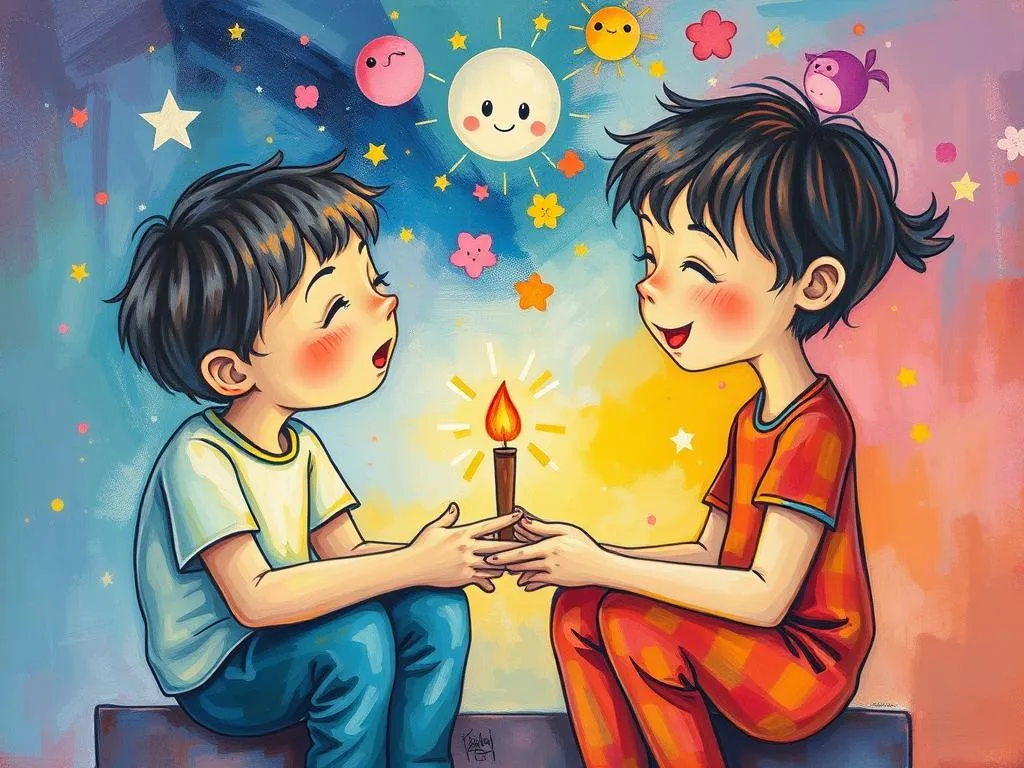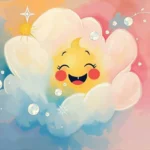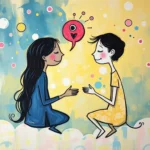
Introduction
Dreams often serve as a mirror, reflecting our deepest desires, fears, and unresolved issues. Among the myriad themes that grace our subconscious during sleep, dreams of youth and younger ones hold a special place. These dreams can evoke nostalgia, longing, or even confusion, prompting many to seek out their meanings. Why do we find ourselves revisiting our younger selves or encountering children in our dreams? The intrigue lies not only in the symbols present but also in the emotional undertones that accompany these dreams. By delving into their significance, we can uncover insights about our current life situations, emotional states, and personal growth.
Symbolism and Meaning
In dreams featuring younger ones, several prominent symbols emerge, each carrying its own layered meanings. One of the most prevalent symbols is that of children themselves. Children often represent innocence, potential, and new beginnings. When they appear in our dreams, they can symbolize a desire to reconnect with our own inner child or a longing for simpler, more carefree times. Alternatively, children may also signify a part of ourselves that feels vulnerable or requires nurturing.
Another common symbol associated with youth in dreams is the school setting. Schools often reflect our learning experiences and the challenges we face in life. Dreaming of being in a classroom or hallways filled with younger individuals can indicate a need for personal growth, education, or the exploration of new ideas. It can also suggest the pressure to meet certain societal expectations or the fear of failure, particularly if the dreamer feels lost in this environment.
Youthful activities, such as playing games, riding bikes, or running through fields, can also be significant in these dreams. These activities often symbolize a desire for freedom, joy, and the ability to embrace life without the constraints often imposed by adulthood. Engaging in such activities in a dream can reflect a longing to recapture those moments of pure happiness and spontaneity.
From a psychological perspective, dreams of youth can tap into the concept of regression, where the dreamer may be subconsciously seeking to escape the responsibilities and stresses of adult life. In this context, younger ones can embody aspects of ourselves that we have neglected or suppressed—our creativity, curiosity, or emotional openness.
Key Scenarios and Variations
Dreams of youth can manifest in various scenarios, each yielding a different interpretation based on the context and details involved. For instance, dreaming of playing with children often signifies a desire to reconnect with your own sense of joy and playfulness. This scenario can highlight the importance of taking a break from adult responsibilities and embracing the lighter side of life.
Conversely, a dream where you find yourself teaching younger individuals might suggest a need for self-discovery or personal growth. Teaching can symbolize the sharing of knowledge or experiences, indicating that you may have valuable insights to offer others. This scenario can also reflect your own journey of learning, where you are in a phase of life that requires you to step into a mentor role, whether in a professional setting or personal relationships.
Another common variation is the dream where you are younger yourself, perhaps in a high school or childhood setting. This type of dream can be layered with meaning, representing a yearning for the past or a reflection on how far you have come. It may also indicate unresolved issues from that period in your life, such as feelings of inadequacy or nostalgia for simpler days. The context of this dream—whether it is filled with joy or anxiety—can help you discern whether you are processing positive memories or confronting past traumas.
On the other hand, if younger ones appear in your dream as strangers or unfamiliar children, this can indicate new opportunities or aspects of yourself that are waiting to be discovered. This scenario often represents unexplored potential, encouraging you to embrace change and growth. The feelings experienced during this dream can provide additional insight; feelings of warmth and affection suggest a welcoming of new beginnings, while feelings of fear or unease may indicate resistance to change.
Real-Life Connections and Takeaways
Understanding dreams of youth and younger ones can lead to profound self-reflection and personal growth. Recognizing the symbols and scenarios that emerge in your dreams can help you connect them to your waking life. For example, if you frequently dream about playing games with children, consider how you might be neglecting your own happiness or the importance of leisure in your life. Are you allowing responsibilities to overshadow the joy and spontaneity that once characterized your youth?
Moreover, consider how these dreams might reflect your current challenges or aspirations. If you find yourself dreaming of teaching or guiding younger individuals, reflect on your role in your relationships or workplace. Are you taking on the role of a mentor, or is there a part of you that yearns to learn from others? Engaging with these aspects can lead to greater self-awareness and personal development.
Practical advice for self-reflection includes maintaining a dream journal where you can write down your dreams upon waking. Note the symbols, emotions, and any recurring themes. Over time, patterns may emerge that can provide deeper insight into your subconscious mind. Additionally, consider engaging in activities that connect you to your inner child, such as creative hobbies, outdoor play, or simply allowing yourself to take a break from adult responsibilities.
Lastly, it’s essential to approach your dreams with an open mind and heart. Instead of seeking rigid interpretations, reflect on what these dreams mean to you personally. Each individual’s experiences and emotions are unique, and as such, the meanings behind dreams of youth will vary. By allowing yourself the space to explore these feelings, you may uncover valuable insights that can enhance your life and well-being.
Conclusion
Dreams of youth and younger ones hold a rich tapestry of meanings and insights waiting to be explored. As you reflect on your dreams, consider the symbols and scenarios that resonate with your own life experiences. By doing so, you can bridge the gap between your dreams and waking reality, fostering a deeper understanding of who you are and who you wish to become. Embrace the journey of self-discovery, and let the wisdom of your dreams guide you towards a more fulfilled and vibrant life.







